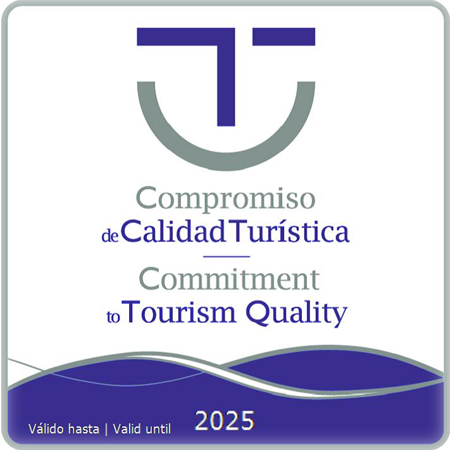 In the Punic Wall you will encounter one of the most important episodes in the history of the Mediterranean, the Punic Wars between the Carthaginians and the Romans. You will meet the legendary past of Qart Hadast founded by the general Hasdrubal in 229 BC and its most significant, the wall, one of the few remaining Carthaginian relics still found in Spain.
In the Punic Wall you will encounter one of the most important episodes in the history of the Mediterranean, the Punic Wars between the Carthaginians and the Romans. You will meet the legendary past of Qart Hadast founded by the general Hasdrubal in 229 BC and its most significant, the wall, one of the few remaining Carthaginian relics still found in Spain.
In addition, next to the wall, you can see the funerary crypt of the hermitage of San Jose built in the 16th and 17th centuries. Its walls offer a very macabre representation of the Dances of Death.
-
Punic WallThe Saint Joseph Crypt
-
Punic WallThe wall remains
-
Punic WallThe exhibition room
High season (from July 1 to September 15)
From Monday to Sunday from 10:00 a.m. to 8:00 p.m.
Medium season (from March 15 to June 30 / from September 16 to November 1)
From Tuesday to Sunday from 10:00 a.m. to 7:00 p.m. (Easter from Monday to Sunday)
Low season (from November 2 to March 14)
From Tuesday to Sunday from 10:00 a.m. to 5:30 p.m.
The Punic Wall is closed on the following days:
- January 1 and 6 and December 25.
- January 5 and December 24 and 31 only in the afternoon.
* Opening hours may be modified. Please check at destination.
** For special opening hours consult What's on.
*** The groups with previous reservation will have preference in the turn of entry.
Last access up to 15 minutes before closing.
General admission: €4
Reduced admission: €3
* Children under 12 years old, students up to 25 years old, Youth Card and Youth Card +, unemployed, pensioners, retirees, disabled, family (2 or more adults + 2 or more children under 12 years ), large family card and groups of 20 or more.
Free entrance:
- Children under 3 years old.
- Official tourist guides.
- Members of the Cartagena Puerto de Culturas Club (except activities).
- Every TUESDAY, during the last 2 hours of the center's opening, access will be free. Applicable only to those who arrive at the center in person, not for online purchases. There will be no refund of entry for a purchase prior to free hours.
- Dolores bank holiday (local holiday).
* To benefit from the reduced or free rate, visitors must purchase their ticket at the box office with valid and current documentation.
**During temporary exhibitions or special activities, ticket prices may be modified.
ON-LINE PURCHASE
Approximate duration: 30 minutes
Timetable:
- High season
11.00, 12.00,17.00 and 18.00
- Mid-season
11.00, 12.00 and 17.00
- Low season
11.00, 12.00 and 16.00
* These timetables are subject to modification: please consult before planning visits.
Rules for Guided Tours (PDF - 422,33 KB - Fecha de revisión: 07/11/2024)
Free Online Booking
We journey back to the early days of Cartagena to find out who Hasdrubal, Hannibal and Scipio the African were and what the city was like during the Punic era
A perfect workshop to review the history of ancient Cartagena from the founding by the Carthaginians to the splendor of the Roman period. In collaboration with the CPR of Cartagena.
Learn about the evolution of the fortresses of Cartagena and what weapons were used by the armies that defended the city throughout its history. Carried out in collaboration with the CPR of Cartagena.
Accessibility
Tourism for all is one of the main objectives of Cartagena Puerto de Culturas. We are working to ensure access for as many visitors as possible. At present, the Muralla Púnica offers the following facilities for visitors with special needs:
- Architectural obstacles have been removed by the installation of ramps, glass floors and balconies to allow the remains to be viewed in their entirety from the upper floor.
- Adapted toilets.
- Audio-visual with sub-titles (in Spanish and English) and voiceover (also in Spanish and English) for people with hearing disabilities and impaired vision.
- Reduced rate for those with disabilities, presenting official proof at the box office.
- Guide dog access is allowed with the corresponding accreditation.
Audio guides
Enjoy your visit with the audio guides provided by the Muralla Púnica. Courtesy of new technology you can visit freely and comfortably at your own pace.
The audio guide is available in 4 languages: Spanish, English, French and Russian, and costs 2 euros.
Historical context
Literary and archaeological sources inform us that the Carthaginians were present in the Iberian Peninsula and the Balearic Islands as early as the 6th century BC, although this early Punic presence was related more to trade than to actual colonization. More permanent occupation arrived with the advent of the Barcid dynasty in the 3rd century BC, after the defeat of Carthage by Rome in the First Punic War.
This was the context in which the Punic (or Carthaginian) city of Cartagena arose. It was founded by Hasdrubal in 229 BC as Qart Hadast - meaning "new city" – and built on top of a previous settlement, possibly an Iberian one. The Greek writer Polybius (X, 10) offers a magnificent topographic description of Qart Hadast while relating the successful assault by the Roman general Scipio Africanus. Under the Carthaginians the city soon became the administrative and political capital, a weapons and supplies store and, above all, the base of operations and the winter barracks of the armies. The location offered numerous advantages for them: the mines, for the exploitation of their precious minerals, silver and lead, the esparto grass fields for the manufacture of textile products and marine equipment, and the salt pans for trading in salt and salted fish.
But the occupation by the Carthaginians lasted for only twenty years. In 209 BC the city was attacked and conquered by the Roman armies under the command of Publius Cornelius Scipio Africanus with an attack which was launched on all fronts, from both land and sea, although it was the one from the inland lagoon (which formerly lay to the north of what is now the old centre of Cartagena) which won victory for the Romans, since this part of the city was unprotected. After two days of siege the city was forced to surrender and the Roman army won a significant prize.
Punic Wall
In his Universal History, Polybius refers to the impressive scale of the wall and to the continual attacks of the Roman troops on the area where it was located: this would have been on the isthmus of the old peninsula of Cartagena, between the hills of San José and Despeñaperros, where the gateway to the city was to be found. The wall was built after the foundation of Qart Hadast by Hasdrubal and, apparently, reused by the Romans immediately after the conquest of the city before later being abandoned.
In terms of design the wall follows the Greek model of fortifications with casemates and is composed of two parallel walls about 10 meters in height. It was divided into three levels, the first two including casemates and the top one with a chemin de ronde, or wall-walk. Blocks of local sandstone were used for the outer wall, and sandstone and adobe for the inner one, and the whole structure would have been plastered with white stucco to protect it from the weather and at the same time to give it a more impressive appearance. Between the two walls were the casemates, or inner rooms, which were used to house troops and to store supplies and weapons. It can be supposed that the roof was made of mud and vegetation and was supported by thick wooden beams. The remains found are 30 metres long, and at some points rows of stone blocks with a height of about 3 metres have survived.
The crypt of the church of San José
During the excavation of the Carthaginian walls a burial crypt belonging to the small church of San José was also found, a burial area which was reserved for members of the Brotherhood of San José. It is elliptical in shape with a niche as an altar for the picture of the patron saint at one end and an access stairway at the other and was probably covered by a vaulted ceiling. 110 burial niches are distributed along the two side walls, all of them very long and narrow and narrowing still further along their length. The corpses were deposited in wooden coffins and with funerary offerings such as medals of saints, rings and other jewellery.
The pictorial decoration suggests that they were used several times. On the first occasion black lines framed the opening and the niches were numbered for identification of the burial, and in the second phases paintings were added of the Dances of Death: skeletons dancing on sarcophagi and symbols of religious, political and social power, in a clear reference to the triumph of death without distinction of classes, with a moralistic and didactic nature. These paintings must have been made at the beginning of the 19th century, when the crypt fell into disuse after a law which punished intramural burials in churches and chapels came into effect. The church continued in use until the Torrevieja Earthquake of 1829 seriously affected the structure, and all traces of the building disappeared within a few years.
Exploitation of the site
Both the Punic Wall and the crypt of San José were discovered during the construction of a car park in the patio of the old "La Milagrosa" residence and school in 1987. Subsequent archaeological excavation was overseen by Carmen Marín Baño and Miguel Martín Camino.
After their discovery the remains were protected from the elements by a cover until 2003, the year in which the final architectural project was carried out. This project, awarded by Cartagena Puerto de Culturas to the architects José Manuel Chacón and Alberto Ibero, contemplates an interrelationship between container and content, that is to say, the building recreates the dimensions of the wall and thus facilitates an understanding of the remains. At the same time access to the centre was modified by via ramps, stairs and a garden area.
The tour of the museum:
- Audio-visual - a 3-D recreation giving an insight to life in Cartagena during the 3rd century BC. The video was made by the Integra Foundation.
- Exhibition Room - a series of panels explaining the Punic world, the foundation of the city of Qart-Hadast by Hasdrubal in 229 BC and the subsequent conquest by the Roman General Publius Cornelius Scipio in 209 BC.
- The wall – the oldest remains which can be visited in the city.
- The crypt - built for the Brotherhood San José, whose members are buried in the 110 niches. It was decorated with paintings depicting the "Dance of Death", which was very much the fashion at that time.
- Display cases - six glass cabinets displaying items found during the excavations, among them Iberian fibulae (or brooches), a Carthaginian votive offering, Phoenician and Roman coins, and the funerary offerings.
Bibliography
- Martín Camino, M. (2008). "Obsesión por "lo púnico": un enfoque histórico de Qart Hadast desde una perspectiva historiográfica". Cartagena Histórica 25, pp. 62-73.
- Martín Camino, M. (2010). "Si quaeris miracula": la Muralla Púnica de la Casa de Misericordia (Cartagena) y la metamorfosis urbana del espacio del cerro de San José en la historiografía moderna". Mastia 9, pp. 79-109.
- Martín Camino, M. y Belmonte Marín, J. (1993). "La muralla púnica de Cartagena: valoración arqueológica y análisis epigráfico de sus materiales". Aula Orientalis 11.2, pp. 161-171.
- Noguera Celdrán, J.M. (2013). "Qart Hadast, capital bárquida de Iberia". Catálogo exposición temporal Fragor Hannibalis, Aníbal en Hispania, pp. 135-173.
- Ruíz Valderas, E. y Madrid Balanza M.J. (2004). Las murallas de Cartagena en la antigüedad. Estudio y catalogación de las defensas de Cartagena y su bahía. Proyecto "Puertos antiguos del Mediterráneo", pp. 19-84.
- Vallalta Martínez, P., Berrocal Caparrós, M.C., Hernández-Henarejos Jiménez, D. y López Rosique, C. (2007). "Cripta de la ermita de San José en Cartagena. Restauración de los nichos y las pinturas murales". Revista Mastia 6, pp. 145-163.
- VV.AA. (2012). Cartagena Puerto de Culturas. Convirtiendo el pasado en futuro.
Contact
10 Gisbert St. 30202 Cartagena (Spain)Phone +34 968 500 093
Fax +34 968 529 298
Emails:
Social networks
The internet portals of the Hon. Cartagena City Council only uses its own cookies for technical purposes; they do not collect or transfer personal data from users without their knowledge. However, they contain links to third-party websites with privacy policies unrelated to those of said city hall portals, which you can decide whether to accept or not when you access them.
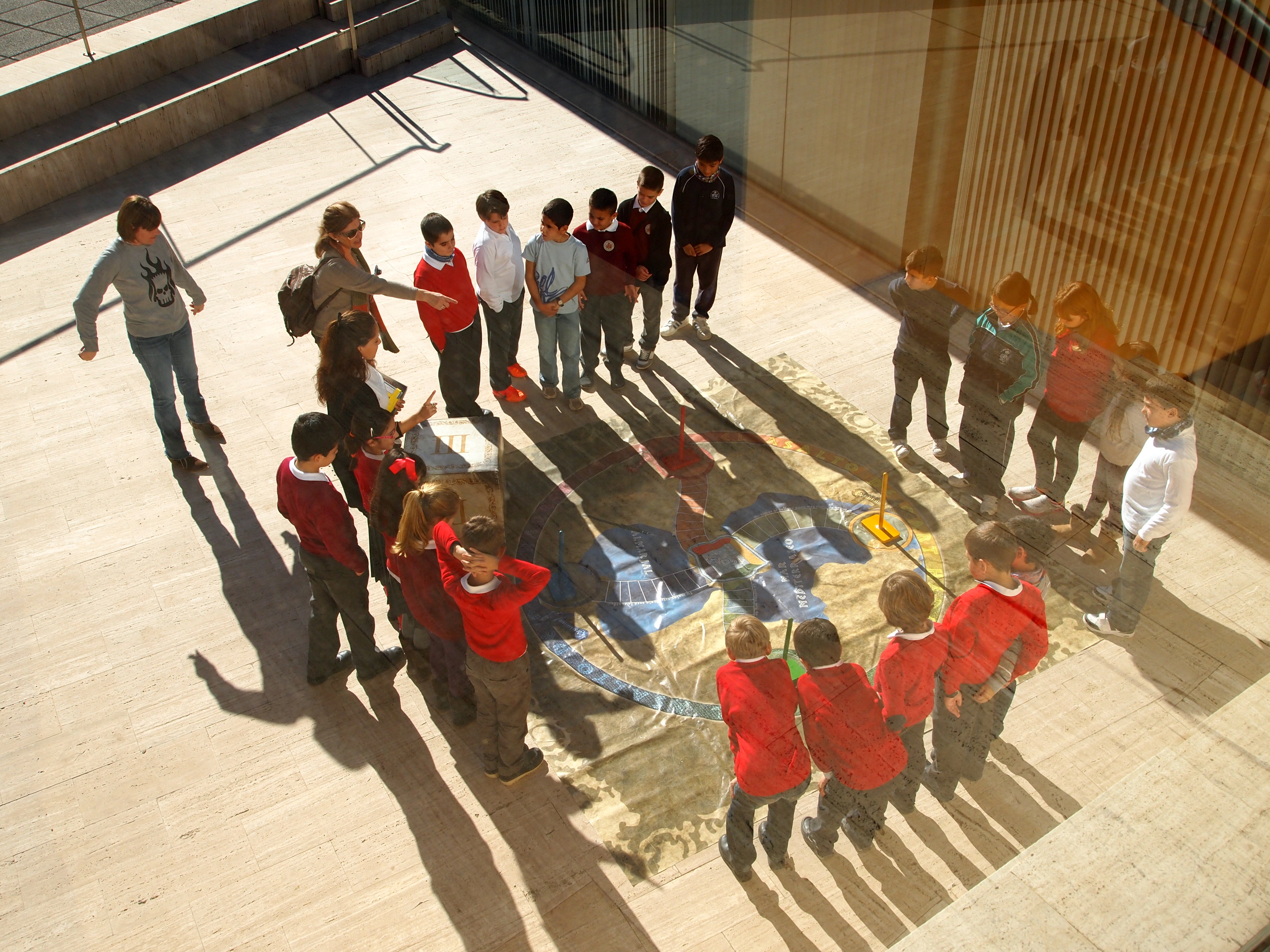
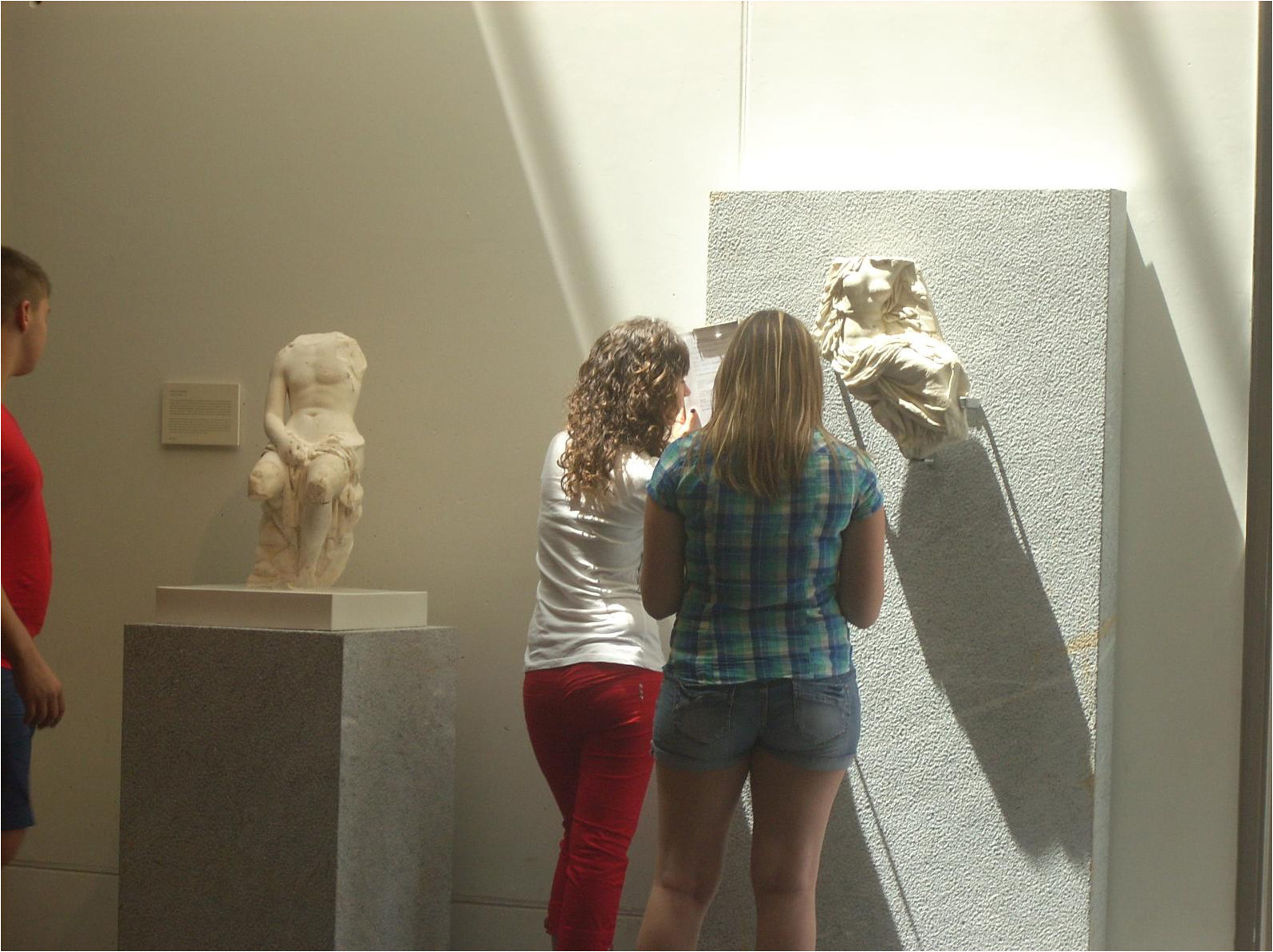
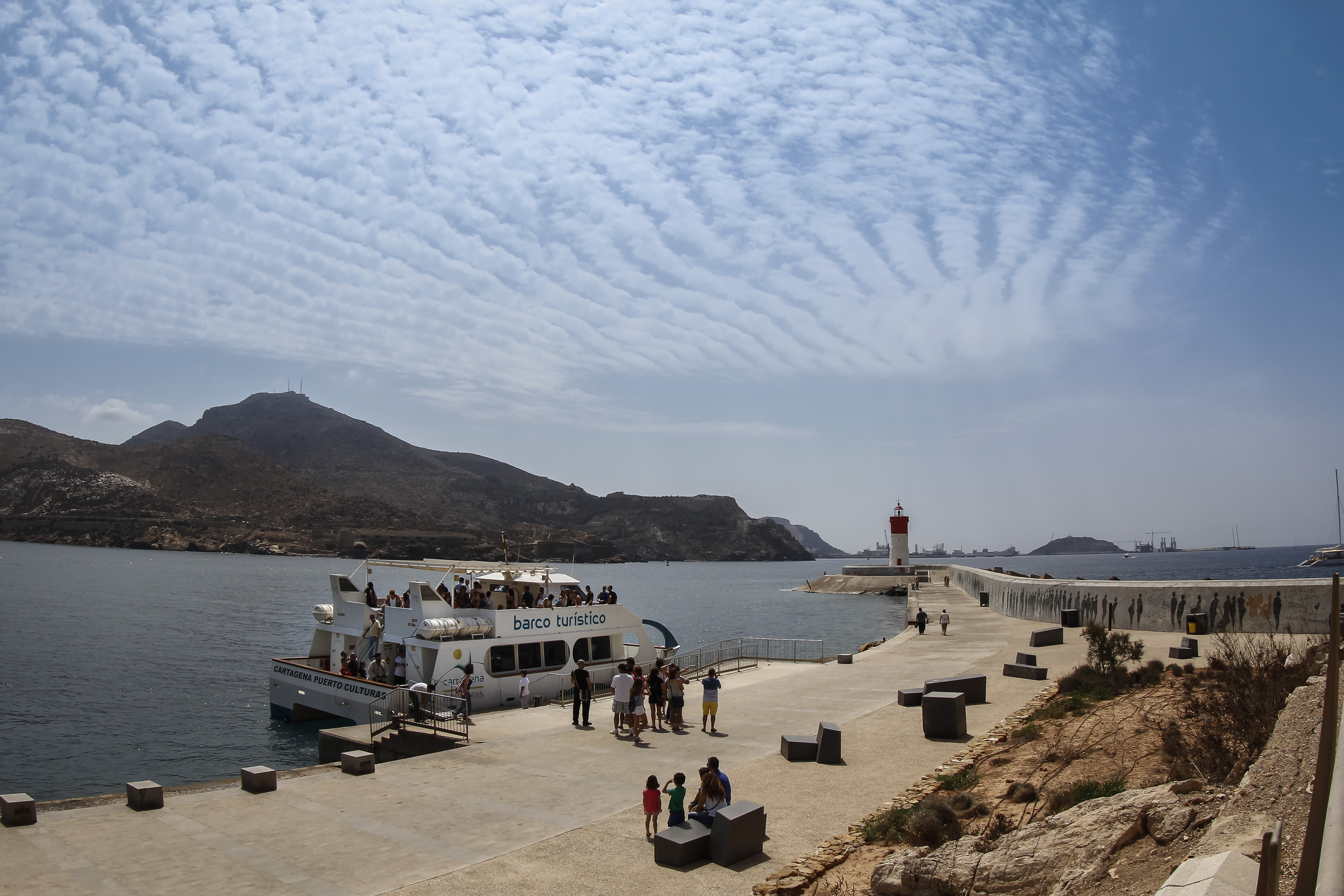








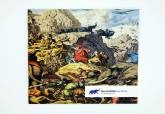

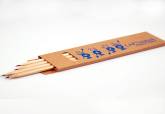

 Tripadvisor
Tripadvisor


